Chernobyl is not a wildlife paradise—it’s a silent warning wrapped in nature’s disguise. 12 animals have made this radioactive wasteland their home, thriving where humans dared to flee. Wolves prowl, boars roam, and birds nest among ruins soaked in radiation. But don’t mistake this wild comeback for a miracle. This survival story hides a darker truth. Radiation has reshaped life here, causing mutations and disrupting ecosystems in ways we’re only beginning to understand. What looks like resilience is a complex struggle for survival under unnatural conditions. These animals aren’t just living—they’re surviving a dangerous legacy. Their presence sends a message: nature adapts, but at what cost? Chernobyl’s thriving wildlife challenges us to rethink the impact of humanity’s mistakes on the planet.
Eurasian Lynx
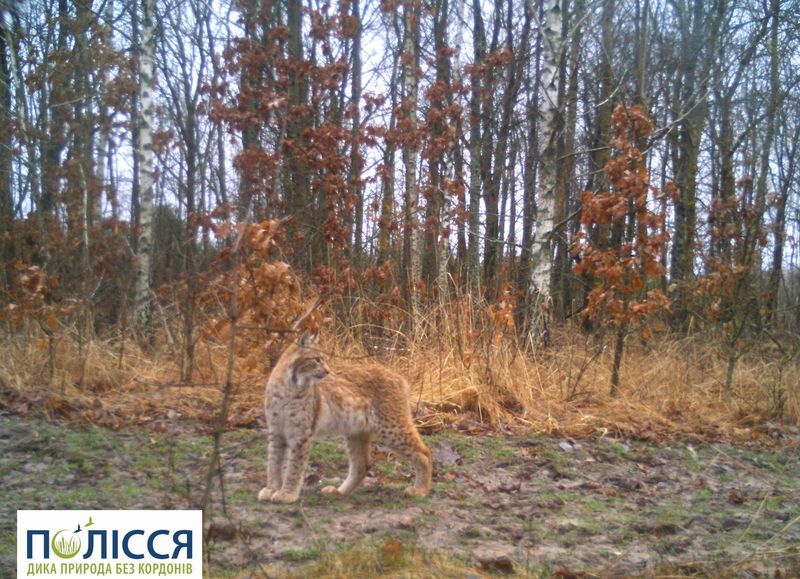
The elusive Eurasian Lynx, with its tufted ears and silent grace, stalks the snowy forests of Chernobyl. This enigmatic predator, once rare in these parts, has found a sanctuary amidst the abandoned villages.
Its presence hints at a rebounding ecosystem, yet questions linger. How has radiation altered its prey?
While the lynx benefits from the lack of human interference, the long-term effects of radiation exposure on its health remain unknown.
Chernobyl’s lynx is a symbol of nature’s resilience, but also a reminder of the unseen consequences of nuclear fallout.
Przewalski’s Horse
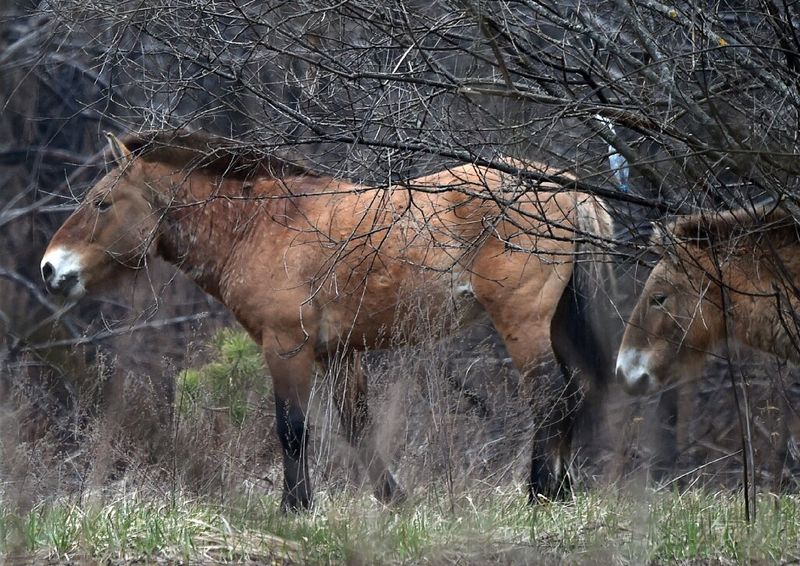
Przewalski’s horse, known for its wild mane and robust physique, roams freely in Chernobyl’s meadows. Once near extinction, this equine marvel has found a surprising refuge in the zone.
These horses symbolize hope and resilience, but their thriving presence raises questions. Is radiation affecting their genetic makeup?
Despite the beauty of seeing these creatures revive, the underlying risks of radiation-induced mutations cannot be ignored.
Their survival story is both uplifting and a cautionary tale of nature’s unpredictable response to human-made disasters.
Brown Bear
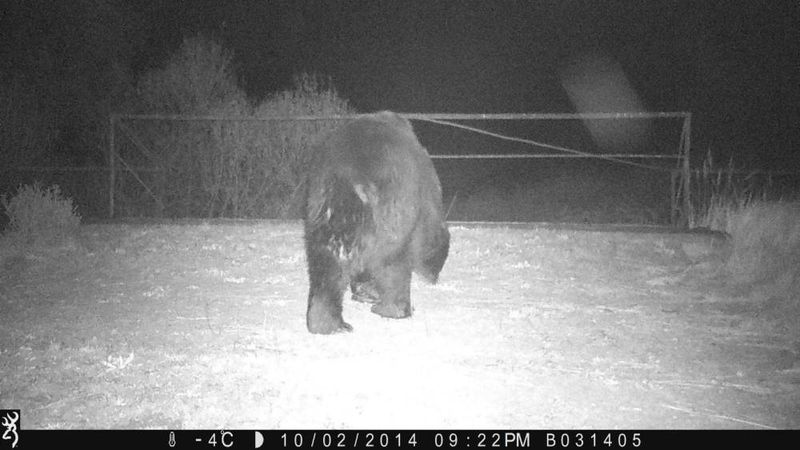
With its formidable presence, the Brown Bear has made a comeback in Chernobyl’s forests. These solitary giants, now thriving, were once absent from the region.
The abundance of prey and lack of human threats have contributed to their resurgence. Yet, the specter of radiation looms large.
How does prolonged exposure affect their physiology? While these bears enjoy newfound freedom, the potential genetic consequences of radiation are concerning.
Their return is a double-edged sword, showcasing nature’s adaptability and the hidden dangers within the zone.
European Bison
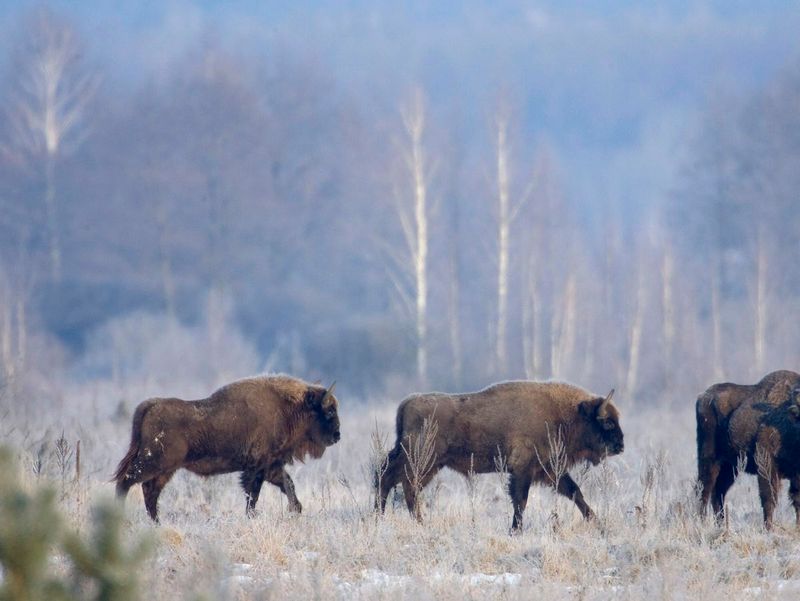
Towering and majestic, the European Bison roam Chernobyl’s open fields, a testament to nature’s resilience. These gentle giants, once hunted to near extinction, find safety here.
Their thriving numbers seem positive, yet radiation’s shadow may affect their future. The long-term health implications remain a mystery.
Radiation exposure could pose risks to their reproduction and lifespan. The bison’s success in Chernobyl is a bittersweet reminder of the delicate balance between conservation and the unintended consequences of human error.
Grey Wolf
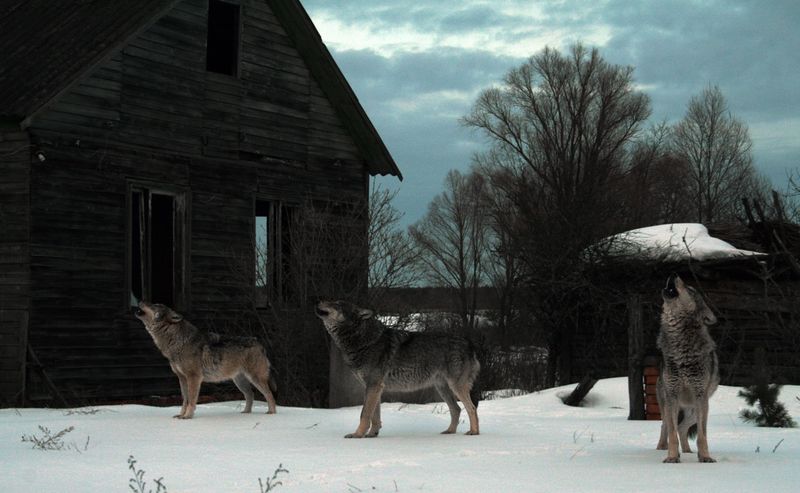
The Grey Wolf, with its piercing gaze and haunting howl, thrives in Chernobyl’s isolation. This apex predator, once hunted, now commands the forests.
Their comeback speaks to nature’s ability to reclaim spaces, yet it raises questions about radiation’s subtle impacts.
Could mutations affect behavior or health? As these wolves flourish, they unknowingly become part of an unplanned experiment in adaptation.
Their presence is both awe-inspiring and a reminder of the unseen challenges lurking beneath the surface of this reclaimed wilderness.
Red Deer
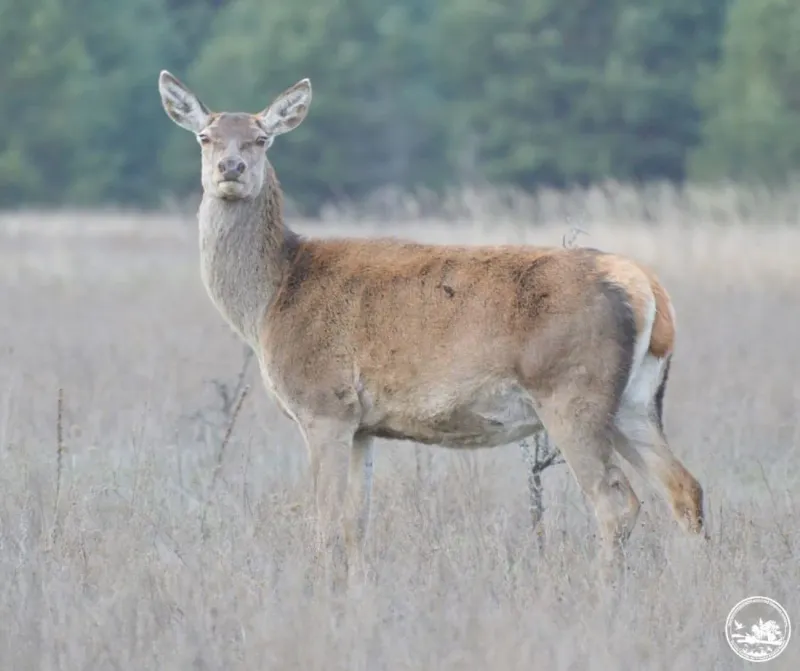
Graceful and vigilant, the Red Deer has found a sanctuary in Chernobyl. These elegant creatures, with their impressive antlers, navigate the deserted terrain with ease.
While their numbers grow, the health risks posed by radiation are unclear. How will exposure affect their offspring?
The deer’s thriving population highlights the paradox of this wildlife haven.
Their beauty is a testament to resilience, yet the potential genetic impact of prolonged radiation exposure remains a cause for concern. The Red Deer embody the fragile balance within this unnatural refuge.
Eurasian Elk
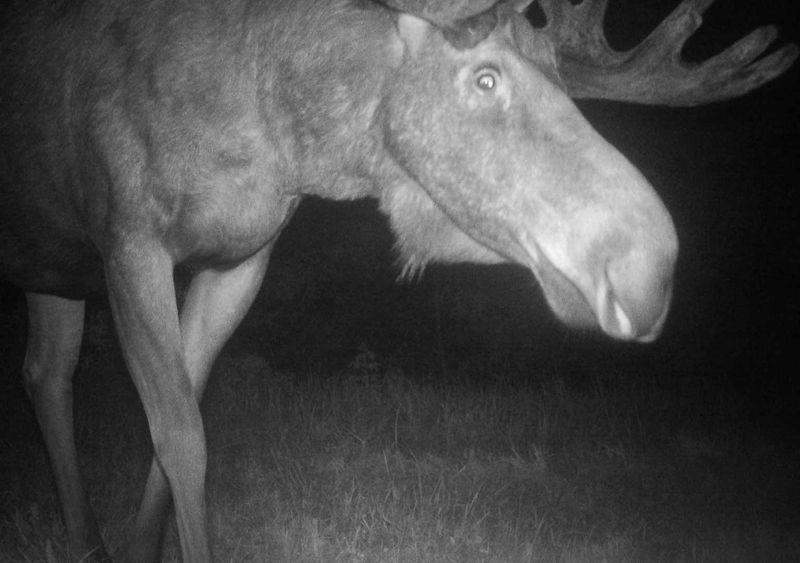
The Eurasian Elk, with its towering antlers, has become a common sight in Chernobyl. These large herbivores thrive in the absence of hunters, taking advantage of the lush vegetation.
But what price do they pay for living in a radioactive zone?
The long-term effects on their health and genetics are unknown. While their presence suggests a thriving ecosystem, it also hints at the hidden dangers of radiation.
The elk in Chernobyl represent both the allure of an untouched wilderness and the invisible threats that lie beneath.
Wild Boar
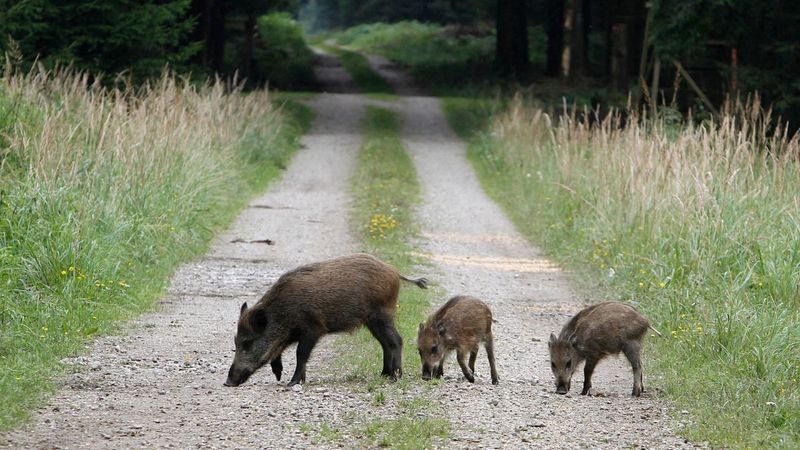
Wild Boars, with their rugged charm, have flourished in Chernobyl’s forests. These adaptable creatures, once a rare sight, now roam freely, benefiting from the lack of human encroachment.
Yet, their thriving numbers raise concerns about radiation’s impact on their health.
Could genetic mutations affect their future generations? While these boars symbolize nature’s tenacity, they also underscore the unforeseen consequences of living in a radioactive environment.
Their success story is a complex mix of resilience and the potential for hidden dangers.
Raccoon Dog
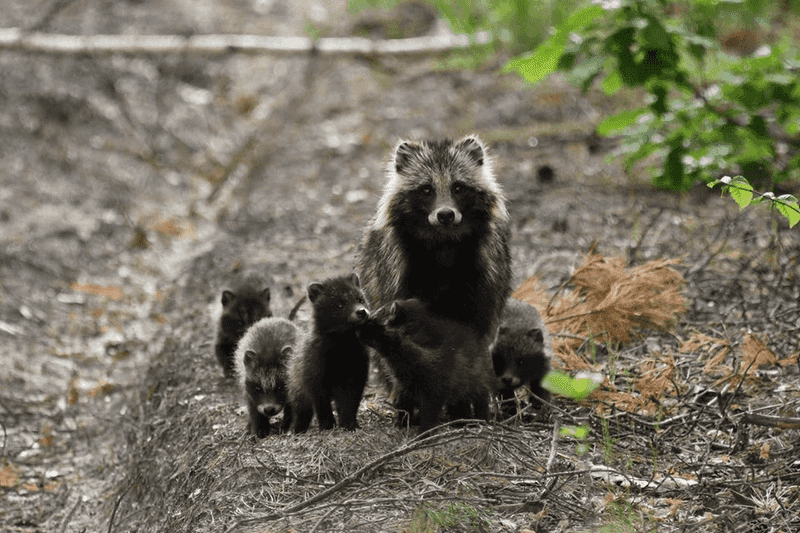
The raccoon dog, with its distinctive mask and bushy tail, finds a peculiar home in Chernobyl. These nocturnal foragers, once uncommon, now thrive in the shadow of radiation.
Their presence raises intriguing questions about adaptation. How does radiation affect their nocturnal habits?
While their success story is fascinating, it also highlights the unpredictable nature of radiation on wildlife behavior.
The raccoon dog’s thriving population serves as both a testament to adaptability and a cautionary tale of the zone’s hidden perils.
Moose
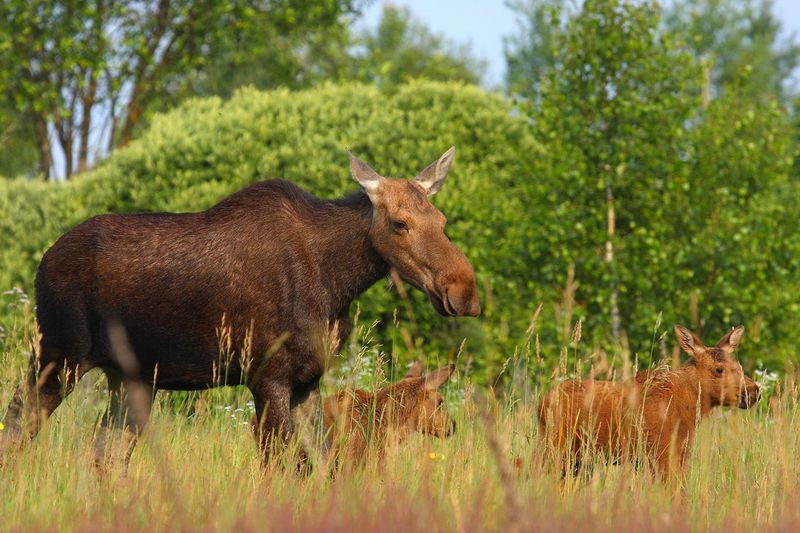
The moose, with its imposing stature and grand antlers, has made an unexpected comeback in Chernobyl. These solitary giants find ample food and space, thriving in the absence of human disturbance.
But what are the unseen costs of radiation exposure?
The potential for genetic anomalies looms large. While the moose’s resurgence is a symbol of nature’s tenacity, it also serves as a reminder of the persistent risks posed by radiation.
Their presence in Chernobyl is both inspiring and a harbinger of unknown challenges.
Beaver
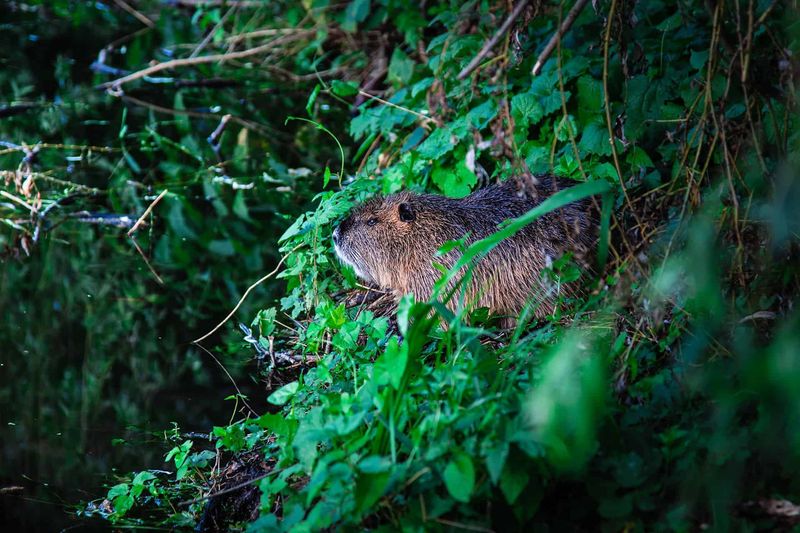
The industrious beaver, with its engineering prowess, has become a keystone species in Chernobyl’s waterways. Their dams create new habitats, fostering biodiversity in an unexpected environment.
Yet, the effects of radiation on their health and the ecosystem they build are uncertain.
While their presence indicates ecological recovery, it also raises questions about long-term sustainability.
Beavers in Chernobyl showcase nature’s ability to adapt and engineer, but also highlight the potential risks of radiation exposure on complex ecosystems.
Eurasian Eagle-Owl
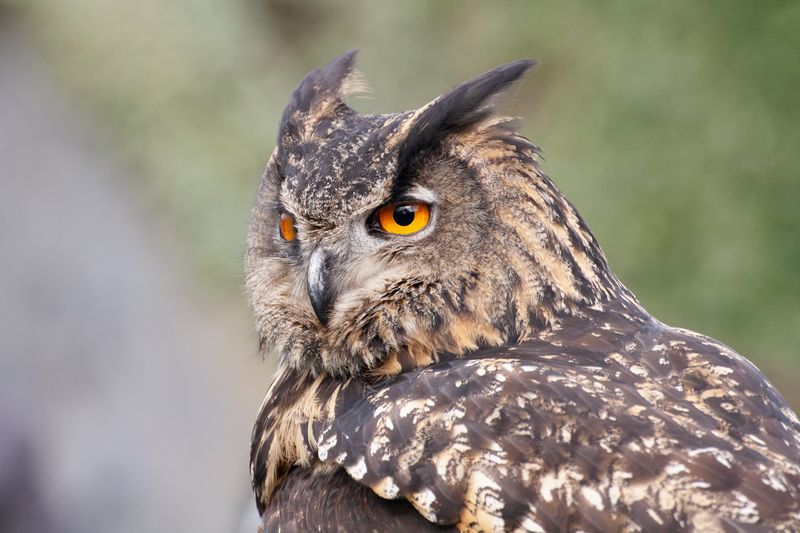
The Eurasian Eagle-Owl, with its commanding presence and haunting call, thrives amidst Chernobyl’s ruins. As a top predator, its success speaks volumes about the food chain’s recovery.
However, what unseen effects does radiation have on its prey?
While the owl symbolizes ecological resilience, the potential for mutations in its diet remains a concern.
The eagle-owl’s dominance in Chernobyl is a testament to adaptability but also a reminder of the uncertainties that come with radiation exposure.
Their thriving population hints at a complex web of adaptation and risk.

